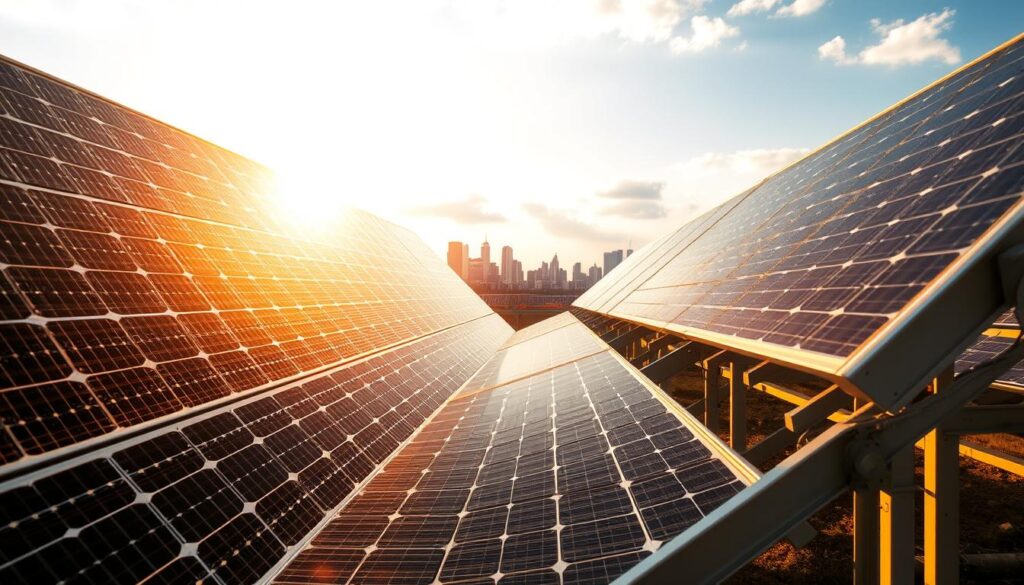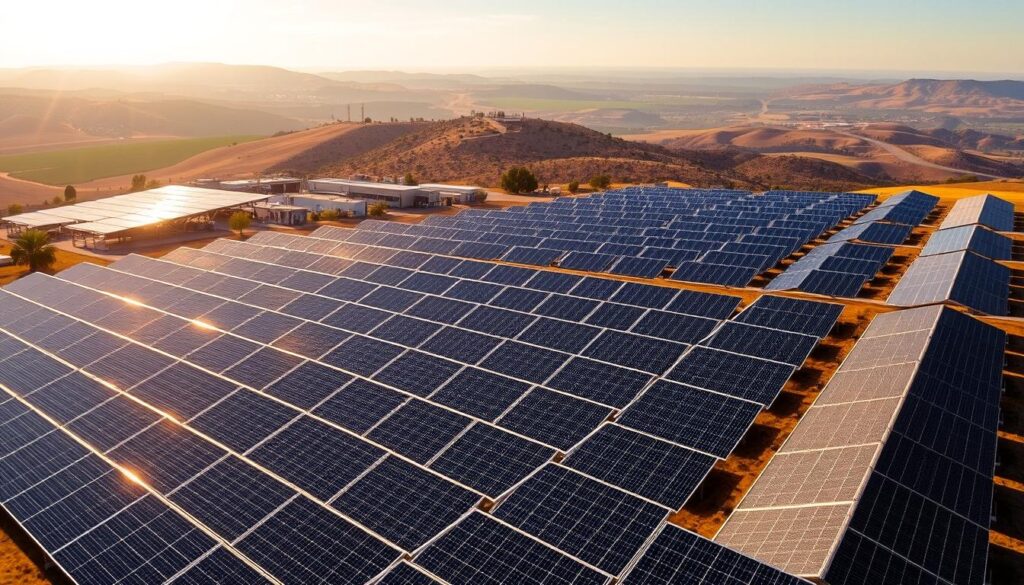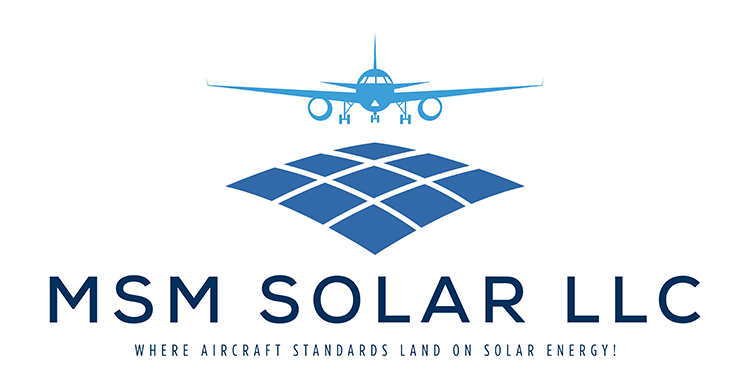Did you know only 4% of U.S. single-family homes use solar energy despite a 12% surge in installations last year?
As a homeowner exploring renewable options, I’ve seen how confusing pricing can be.
Even with growing demand, costs remain steep due to equipment, labor, and hidden fees.
An average 11 kW system ranges from $17,238 to $31,731—location heavily impacts the final price. Many companies avoid upfront quotes, leaving buyers in the dark.
At MSM Solar LLC, they believe in transparency. Call us at (850) 737-5197 or get a free quote with no pressure.
Key Takeaways
- Residential solar adoption is low despite rising demand.
- Labor and permits add thousands to installation costs.
- System prices vary widely by location and size.
- Transparency issues persist in the solar industry.
- Free estimates help avoid unexpected expenses.
Solar Cost Calculator – Florida Panhandle Only
* Estimate based on $3.25 per watt for solar installation.
* For Tesla Powerwall 3 Batteries, $15,000 for the first battery, $12,000 for each additional battery.
* Other variations and types of Batteries are available.
Understanding the High Cost of Solar Panels in 2025
Many homeowners assume panels dominate system costs—until they see the full breakdown. I learned the hard way that an 11 kW solar system averages $20,552 after incentives, with equipment making up less than half.
Breaking Down the Average Solar System Price
When I got my first quote, I expected panels to be the biggest expense. Surprise—they’re just 12% of the total. Inverters (10%), wiring (9%), and supply chain markups (9%) quickly add up. Even racking, the metal frames, costs 3%.
Key Cost Drivers: Equipment, Labor, and Permits
Labor alone took 7% of my budget. In Texas, installers charged $1,994, but California crews were 20% pricier.
Permits?
A hidden $2,327 fee. Always ask for an itemized list—marketing and overhead often sneak in another 29%.
Pro tip: Demand transparency. Some companies bury fees in vague “soft costs.” Knowing these details saved me $4,000 on my installation.
Why Are Solar Panels So Expensive? The Hidden Factors
Breaking down my solar quote revealed expenses I never expected—far beyond just equipment. From premium inverters to regional labor gaps, the fine print adds up fast. Here’s what I wish I’d known before signing my contract.
Equipment Choices That Impact Your Budget
Monocrystalline panels cost 15% more than polycrystalline but generate 20% more energy. My neighbor opted for cheaper string inverters ($1,500) over microinverters ($2,991). Their shaded roof cut output by 30%—a costly lesson.
Labor Fees That Vary Wildly by Location
Installation crews in Alabama charged my friend $42,083 for the same system that cost $20,608 for another one in California. Always compare local quotes—competition can slash prices by 25%.
The Surprising Cut Taken by Sales Teams
Flashy ads aren’t free. My quote included an 18% sales/marketing fee—money that could’ve upgraded my inverters. Another 11% went to office overhead, not the crew on my roof.
Pro tip: Demand itemized bids. One company hid $4,000 in “soft costs” until I pushed back. Transparency turns hidden factors into negotiable line items.
The Solar Industry’s Transparency Problem
Getting a clear quote for solar installation felt like solving a puzzle—until I discovered the industry’s transparency gaps.
A SaveOnEnergy survey found 72% of homeowners struggle with vague pricing.
My experience?
Companies often withhold details until you’re deep into negotiations.

Why Companies Avoid Upfront Pricing
I nearly signed with a door-to-door company offering a “discounted” system.
Later, I realized their deal relied on expired state incentives. Many firms hide fees in these tactics—marketing budgets, permit delays, or outdated rebates. Always ask for line-item breakdowns.
Pro tip: Roof inspections are non-negotiable. Shading or steep pitches can swing quotes by $8,530. MSM Solar’s free assessment saved me from overspending—they calculated my electricity savings per kWh.
How Incentives and Roof Specifics Complicate Quotes
The federal tax credit slashes costs by 30%, but factors like your tax liability matter. In Wyoming, state rebates are $0; Californians get up to $13,263.
Leasing?
That “$0-down” deal could cost $31,000 extra over 25 years.
Demand transparency.
One company buried $4,000 in “soft costs” until an innocent client pushed back. Now, I urge friends to get three quotes—it reveals pricing patterns and hidden markups fast.
How Location Impacts Solar Panel Costs
Your zip code can slash—or skyrocket—your solar investment. When I compared quotes with my cousin in Florida, her $20,997 system would’ve cost me $27,118 in Kentucky. Geography isn’t just about sunlight—it’s permits, labor, and even local weather risks.

State-by-State Price Gaps
California’s average price drops to $14,426 after incentives, while West Virginia hits $31,731.
Why? Competition.
In Arizona, my friend’s 33% larger system cost 22% less per watt than Maine’s compact setup. Always compare at least three local quotes.
Northern states face unique hurdles. New Hampshire’s weak sunlight requires 15% more panels to match southern energy output. But hot climates hide perks: my Arizona friend’s oversized system cut her AC bill by 80%.
Regional Hidden Fees
Coastal home owners, brace yourselves. Salt-resistant racking added $997 to my brother’s Florida install. Even interconnection fees vary wildly—$530 in Texas versus $2,327 in Massachusetts. These “small” line items can derail your savings.
Pro tip: Ask installers about local markups.
My neighbor saved $3,200 by switching to a company that waived permit fees in his state. Location isn’t just about geography—it’s about knowing the rules.
Long-Term Savings vs. Upfront Costs
Solar energy isn’t just an eco-friendly choice; it’s a strategic investment with decades of returns. My 11 kW system had a $20,552 sticker price, but the real value emerged over time—$93,597 in projected savings by 2050.
Calculating Your Break-Even Point
EnergySage reports an average payback period of 7.1 years.
Mine?
Just 6.5, thanks to $11,086 rebate. Tools like PVWatts help estimate your timeline. Pro tip: Factor in rising electricity rates—they’ll shorten your break-even.
Leasing might seem tempting with $0 down, but owning nets 3x more savings. Loans require good credit, but the 30% federal tax credit applies either way.
Federal and State Incentives to Reduce Expenses
The IRS credit slashed my cost by $6,166. Combined with SRECs, incentives are game-changers. MSM Solar helped me stack four programs, dropping my net cost to $14,426.
Don’t forget maintenance.
Pollen-heavy areas?
Budget $300/year for cleaning. It’s a small price to save money long-term.
Pro tip: Compare all incentives.
My cousin in California saved $120,000—West Virginians average just $31,000.
Location matters, but so does strategy.
Conclusion: Navigating Solar Panel Costs in 2025
After months of research, I realized transparency makes or breaks your solar journey. Equipment is just 46% of the total cost—labor, permits, and regional fees can double your budget. Always demand itemized quotes.
My biggest lesson?
Compare at least three offers.
MSM Solar LLC helps save $3,102 by cutting hidden fees. Their team will explain every line item—no surprises.
With today’s incentives, switching to solar isn’t just green—it’s a smart way to save money.
EnergySage data shows competitive markets slash prices by 25%. Don’t settle for vague estimates.
Ready to explore your options?
Call MSM Solar LLC at (850) 737-5197 or get a free quote.
Their experts answer fast—no robotic hold music.




